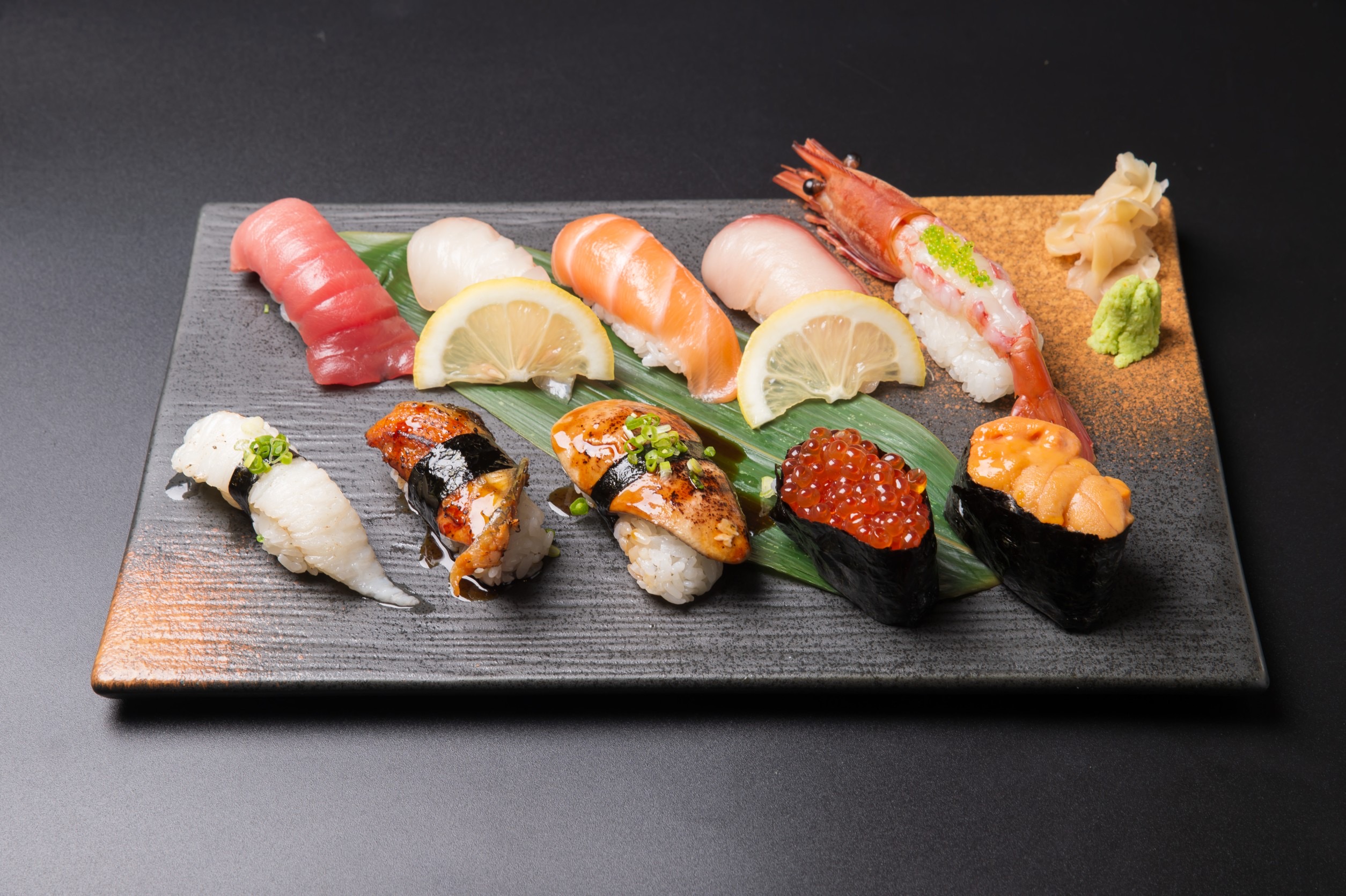Shirakawa-go: A Winter Escape to a UNESCO Heritage Site in Japan
When we arrived at Shirakawa-go, a winter wonderland setting welcomed us as we set foot into its snow-covered paths. The temperature dropped as low as 4 degrees Celsius, but the cold never bothered us anyway (pun intended).
When our tour guide mentioned that we were heading to a UNESCO World Heritage Site, I was ecstatic to hear that we were about to see such a significant destination. After all, these sites aren’t just any other tourist spots; it’s a living testament of Japan’s rich heritage.

A view of the Shirakawa-go during winter
So off we went to Shirakawa-go. This place, which other tourists describe as “straight out of a fairytale book,” is nothing short of splendid. I spent a good amount of time just staring into a cluster of traditional houses covered with flurries of snow and I was really amazed at how picturesque the landscape is; truly deserving of being a UNESCO World Heritage Site.

Shirakawa-go is not your ordinary village. It’s a famed historic site where you can find traditional gassho-style Japanese houses. These thatched-roof houses were established since the Tokugawa Period (1603-1868) and were regarded for its distinct architectural design.
These houses were built the way they are for a reason: all the roofs are facing east and west so that they get as much sunlight as possible. This also helps to melt the snow. The attics face north and south for ventilation. You will also notice that these roofs are as steep as possible, as it serves another purpose: so the snow just slides off the roof during winter.
 Inside Wada House, where they breed silkworms during summer
Inside Wada House, where they breed silkworms during summer
The Wada House, one of the oldest and largest ones in the village, serves as an iconic house recognized as an Important Cultural Property. They allow guests to enter the house to see what it looks like. We went all the way to the upper floors through the steep stairs and saw how meticulously built the house was. It’s almost built with no nails or metals used which makes the house extremely durable and resistant to strong winds and quakes. We also saw that they breed silkworms here but only during the summer season. It was winter, so the place was covered with snow as we peeked through the windows.


An example of a gassho-style house
As we walked through the streets of Shirakawa-go, I can’t help but admire each of these gassho-zukuri houses which withstood the test of time. They weren’t just home to the Japanese, these are important pieces of culture that’s worth preserving. In time, I hope many people come to appreciate this World Heritage Site and see a slice of Japan’s history, architecture, and nature.
Details:
Address: 997 Ogimachi, Shirakawa-mura, Ono-gun
Operating Hours: 9 am to 5 pm
Wada House Fee: ¥300, (¥150 for elementary school students)
TEL: 05769-6-1058
How to go here: Drop-off at Shirakawa-go bus stop. From there, take a 10-minute walk towards the village.













